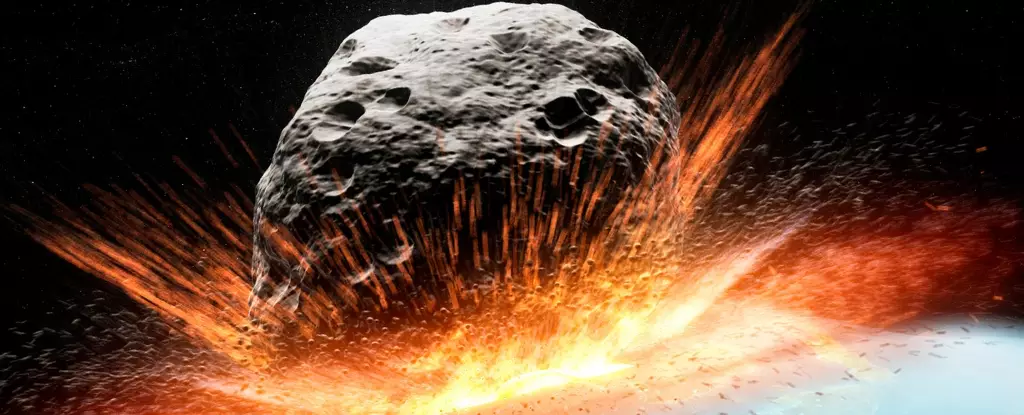In December 2024, astronomers made an intriguing discovery in the night sky: an asteroid designated 2024 YR4. This particular object was classified as the 117th asteroid identified in that month alone, indicating a period of vigorous exploration and discovery in astrophysics. The naming convention for asteroids commonly follows a systematic approach where the year and sequential number indicate its discovery, and this method establishes a logical framework for tracking these celestial bodies as they traverse our solar system.
As soon as 2024 YR4 was identified, a crucial phase began: astronomers started to meticulously monitor its position and trajectory. Understanding the orbit of an asteroid is fundamental to assessing any potential risk it may pose to Earth. Initial calculations indicated a minimal risk of impact, with estimates suggesting a mere 1% chance of a collision. However, as data came in, further observations revealed that this likelihood had escalated to 2.3%.
The statistic of a 2.3% risk is crucial; it is not merely a throw of the dice. It is based on a sophisticated model involving more than a thousand orbital simulations. These simulations create various scenarios that account for gravitational influences, the asteroid’s trajectory, and potential interactions with other celestial bodies. Out of these simulations, 23 trajectories lead to an impact with Earth. Such probabilistic modeling is essential in planetary defense, helping scientists make informed decisions about the asteroid’s trajectory over time.
Interestingly, while this probability raises eyebrows, the expected close approach of 2024 YR4 is at a distance of 240,000 kilometers, which is still considerably beyond what would be deemed alarming. This distance comfortably resides within the moon’s orbit, serving as a reminder that many asteroids, while monitored closely, do not usually venture dangerously close to our planet.
When the likelihood of impact rose from below 1% to 2.3%, NASA’s Planetary Defense Coordination Office (PDCO) retained a consistent stance, categorizing 2024 YR4 within the Torino scale at level 3. This scale serves as a visual cue for understanding the risk associated with near-Earth objects, ranging from zero, indicating no risk, to ten, representing a certainty of catastrophic impact. A score of three thus suggests a need for monitoring, but it does not constitute an immediate cause for alarm.
It’s essential to emphasize the inherent uncertainties in early estimates of asteroid orbits. These objects often exhibit erratic trajectories influenced by gravitational interactions, not only with larger bodies like Earth but with other asteroids and celestial mechanics. In the case of 2024 YR4, it will pass relatively close to our planet in 2028, providing an opportunity for astronomers to refine their measurements and predictions considerably, leading to more accurate risk assessments.
One of the most crucial aspects of planetary defense is being aware of potential risks well in advance. Even in the event of a significant increase in impact probability, scientists have strategies in place to mitigate the threat posed by an asteroid. Education, monitoring, and planning are foundational to deflecting asteroids or preparing for emergency responses if required. Unlike some unexpected events in history, such as the Chelyabinsk meteor, which took the world by surprise, 2024 YR4 allows us time to prepare.
Should the projections take a turn for the worse, necessitating an evacuation, we would have ample time, perhaps years, to manage and minimize the population’s exposure to potential danger. With its size, 2024 YR4 is unlikely to herald an extinction event, but localized impacts would still require an organized response to safeguard human life.
Asteroid 2024 YR4 serves as a pertinent reminder of the importance of continual observation and research in planetary defense. As astronomers refine the trajectory estimates and ensure accurate predictions, public agencies like NASA play a crucial role in transparency and communication. For enthusiasts or those interested in the ongoing saga of 2024 YR4, useful updates can be found on NASA’s Planetary Defense Page. It is a blend of scientific vigilance and preparedness that equips humanity to understand and potentially navigate the cosmic uncertainties that lie ahead, nurturing a better understanding of our place in the universe.


Leave a Reply